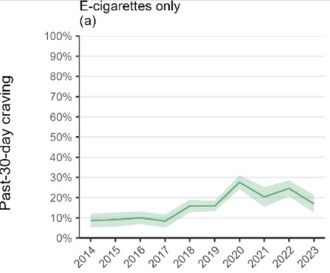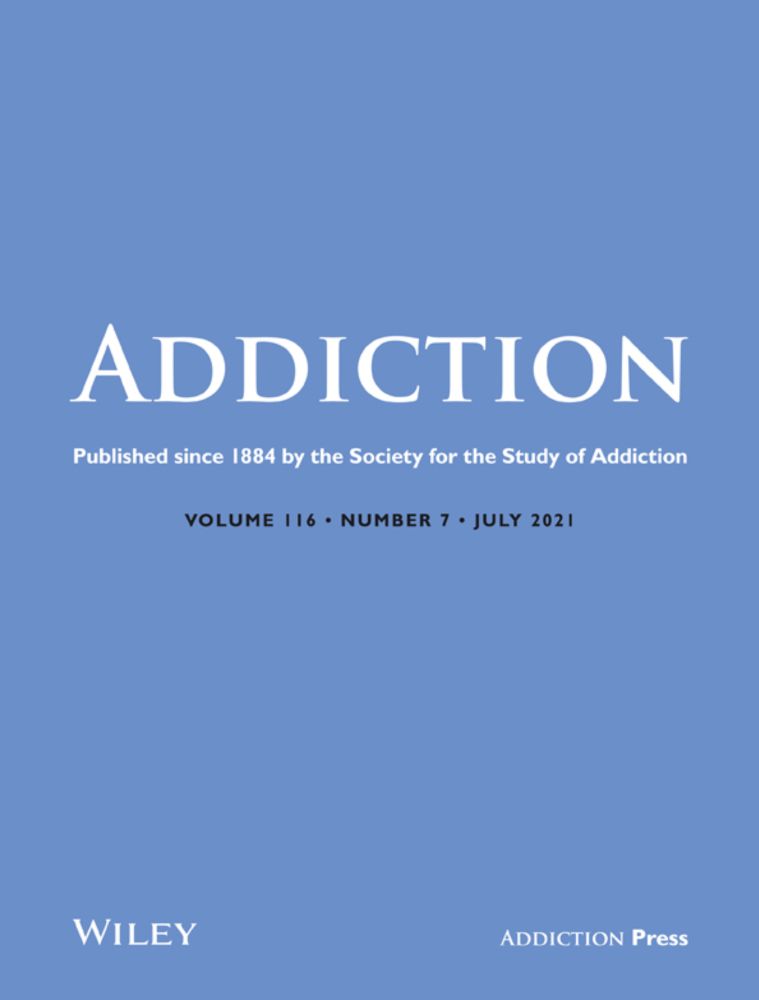
APS only captures cigarette smoking and may miss some non-daily use. Our findings suggest that relying solely on APS data could overstate reductions in smoking.
APS only captures cigarette smoking and may miss some non-daily use. Our findings suggest that relying solely on APS data could overstate reductions in smoking.
Mean cigarettes smoked/day and % smoking >20/day:
🟡Highest in North East and Scotland
🟡Lowest in London and South West
academic.oup.com/ntr/advance-...

Mean cigarettes smoked/day and % smoking >20/day:
🟡Highest in North East and Scotland
🟡Lowest in London and South West
academic.oup.com/ntr/advance-...
However, dependence symptoms increased over time among those only using e-cigs.
onlinelibrary.wiley.com/doi/full/10....
However, dependence symptoms increased over time among those only using e-cigs.
onlinelibrary.wiley.com/doi/full/10....
onlinelibrary.wiley.com/doi/full/10....
onlinelibrary.wiley.com/doi/full/10....
onlinelibrary.wiley.com/doi/full/10....

onlinelibrary.wiley.com/doi/full/10....
Even when we re-estimated dependence to account for potential underreporting by students using e-cigs only.
onlinelibrary.wiley.com/doi/full/10....

Even when we re-estimated dependence to account for potential underreporting by students using e-cigs only.
onlinelibrary.wiley.com/doi/full/10....
onlinelibrary.wiley.com/doi/full/10....

onlinelibrary.wiley.com/doi/full/10....
Vaping prevalence among young people has fallen substantially.
But newer products using nicotine salts e-liquids deliver nicotine more efficiently, potentially leading to increased dependence among the remaining pool of vapers.
Vaping prevalence among young people has fallen substantially.
But newer products using nicotine salts e-liquids deliver nicotine more efficiently, potentially leading to increased dependence among the remaining pool of vapers.
onlinelibrary.wiley.com/doi/10.1111/...

onlinelibrary.wiley.com/doi/10.1111/...

